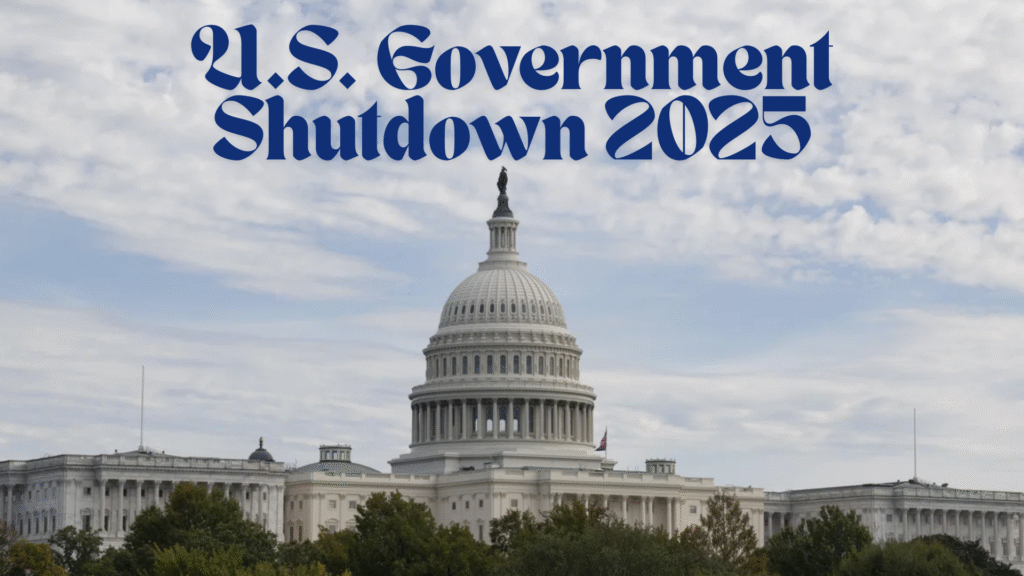Washington, D.C.
The United States federal government remains locked in a prolonged shutdown, now stretching into its third week, as lawmakers fail to agree on a new spending deal. The political standoff has halted essential public services, forced thousands of employees into furloughs, and triggered growing concerns across the national economy.

Political Stalemate Deepens
The shutdown began on October 1 after Congress missed the deadline to pass a funding bill for the 2026 fiscal year. Multiple attempts to approve temporary funding measures have collapsed in the Senate, reflecting deep divisions between Republicans and Democrats over spending priorities, immigration policy, and welfare programs.
Senate leaders have held several late-night sessions with no progress. Analysts say the deadlock could push the shutdown into historic territory, potentially lasting until Thanksgiving if no compromise emerges soon.
Economic Fallout Expands
The U.S. Treasury Department estimates that the ongoing shutdown is costing the economy roughly $15 billion each week, as federal contracts, research projects, and infrastructure work stall. Small businesses dependent on government payments have started cutting jobs, while consumer confidence is showing early signs of decline.
Air travel disruptions have intensified after the Federal Aviation Administration (FAA) warned of critical staffing shortages in air traffic control centers. Meanwhile, the National Nuclear Security Administration (NNSA) said nearly 80 percent of its workforce has been sent home due to budget constraints, delaying several safety and defense operations.
White House Urges Swift Resolution
President Joe Biden has called on Congress to end the political impasse and restore normal government operations. “Millions of Americans depend on federal services every day — this shutdown hurts our workers, our families, and our economy,” Biden said in a statement released Monday.
Despite the appeal, partisan tensions remain high. Republican leaders insist that spending cuts are necessary to reduce the national deficit, while Democrats argue that the proposed reductions would harm vulnerable communities and federal programs.
Outlook Remains Uncertain
With negotiations stalled and frustration growing nationwide, economists warn that every additional week of shutdown adds pressure on economic stability. If the crisis continues, experts say the financial impact could rival the record 2018–19 government shutdown.
For now, essential sectors — including national security, emergency response, and healthcare — remain operational, but uncertainty looms large over when the world’s largest government will reopen fully.